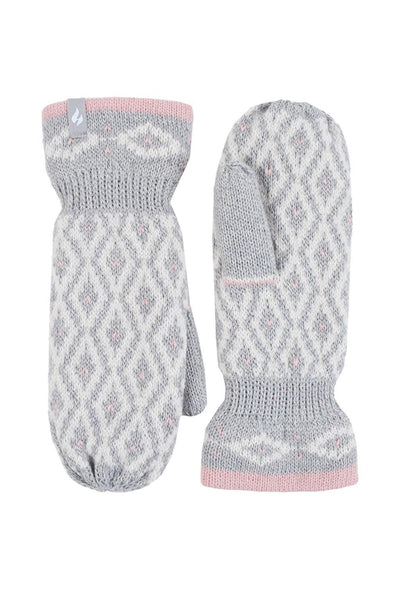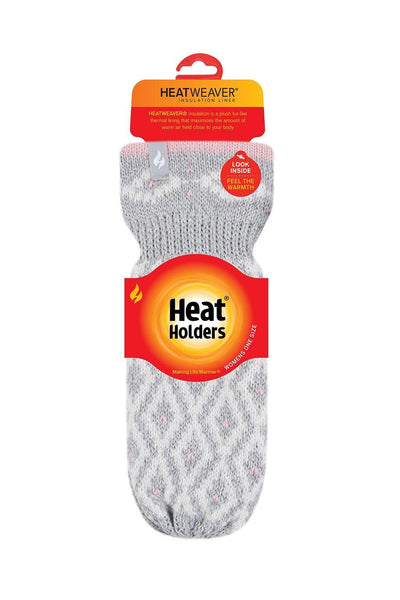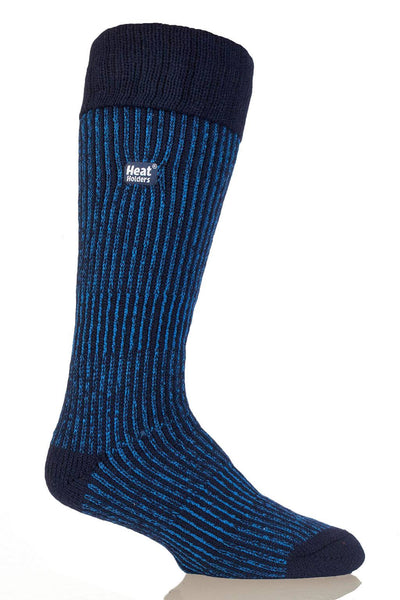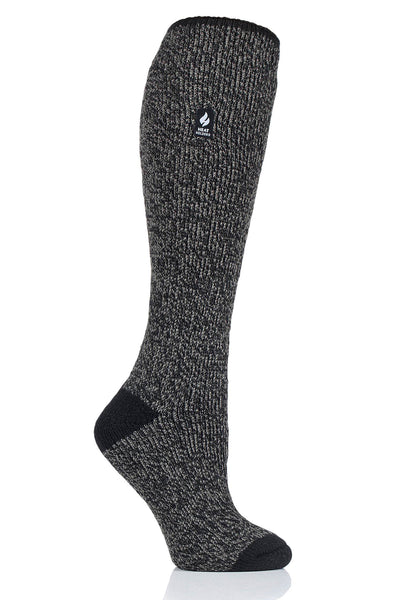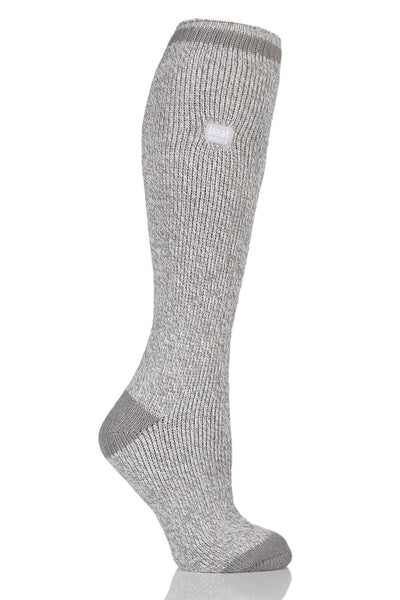When the temperature drops and the winter chill sets in, it's important to take extra care of your skin. Frostbite, a condition caused by freezing of the skin and underlying tissues, can lead to serious damage if not addressed promptly. To help you stay safe and keep your skin healthy this winter, here are five essential tips to protect yourself from frostbite.
Understanding Frostbite: Causes and Symptoms
Frostbite occurs when the skin and tissues become frozen due to prolonged exposure to cold temperatures. It commonly affects the extremities, such as the fingers, toes, nose, and ears. Early symptoms include numbness, tingling, and a pale or waxy appearance of the skin. As frostbite progresses, the affected areas may turn bluish-gray and feel hard or frozen.
It's important to understand the science behind frostbite, as this knowledge will help you take appropriate preventive measures and identify early signs of the condition.
The Science Behind Frostbite
Frostbite occurs when the blood vessels constrict, reducing blood flow to the extremities. Cold weather causes the body to prioritize the core organs, leaving the extremities vulnerable to freezing temperatures. The lack of blood flow and exposure to cold air can ultimately result in frozen tissues and potential skin damage.
When the body is exposed to cold temperatures, it activates a survival mechanism known as vasoconstriction. This process involves the narrowing of blood vessels in the extremities to redirect blood flow to vital organs. As a result, the skin and tissues in the fingers, toes, nose, and ears receive less blood supply, making them more susceptible to freezing.
As frostbite progresses, ice crystals may form within the cells, causing damage to the tissues. The freezing of the interstitial fluid, which surrounds the cells, can lead to cell dehydration and rupture. Additionally, the lack of blood flow prevents oxygen and nutrients from reaching the affected areas, further contributing to tissue damage.
Identifying Early Signs of Frostbite
To prevent frostbite from progressing, it is crucial to recognize the early signs. Numbness, tingling, and discoloration are key indicators. Pay close attention to any changes in skin color or texture, as well as sensations in your extremities. If you notice these symptoms, take immediate action to warm the affected area and protect yourself from further damage.
Early signs of frostbite may also include a pins-and-needles sensation or a feeling of coldness in the affected area. You may notice that the skin feels unusually firm or stiff to the touch. In some cases, the skin may appear mottled or have a bluish or grayish coloration. These early warning signs should not be ignored, as prompt treatment can prevent the progression of frostbite.
It's important to note that frostbite can be particularly dangerous because the affected areas may lose sensation, making it difficult to detect the severity of the condition. Therefore, it is crucial to be vigilant and seek medical attention if you suspect frostbite, even if the symptoms seem mild.
Importance of Dressing Appropriately for Cold Weather
Proper clothing plays a fundamental role in preventing frostbite. Dressing in layers and choosing the right winter clothing can significantly reduce your risk of developing this condition.
When the temperature drops, it's crucial to prioritize your safety and comfort by dressing appropriately for the cold weather. Understanding the importance of proper clothing and layering techniques can make a significant difference in how well you withstand the freezing temperatures.
Winter clothing serves as a protective barrier against the harsh elements, shielding your body from the biting cold and potential frostbite. By following some essential guidelines, you can ensure that you are adequately dressed to face the winter chill.
Choosing the Right Winter Clothing
Start with a moisture-wicking base layer to keep your skin dry and insulated. This layer acts as a foundation for your winter outfit, effectively managing moisture and preventing the accumulation of sweat on your skin. Moisture-wicking fabrics, such as merino wool or synthetic materials, are excellent choices for this purpose.
Next, add on an insulating layer, such as a fleece or down jacket, to trap body heat. These materials are known for their excellent thermal properties, effectively retaining warmth and preventing heat loss. The insulating layer acts as a vital middle barrier, ensuring that your body heat remains trapped close to your skin.
Finally, don an outer shell that is waterproof and windproof to protect against moisture and chilling winds. This outer layer serves as your first line of defense against rain, snow, and strong winds. Look for jackets or coats made from durable materials like Gore-Tex or other waterproof fabrics to keep you dry and shielded from the elements.
Choosing the right winter clothing is not only about staying warm but also about maintaining comfort and mobility. Opt for garments that provide a good balance between insulation and breathability, allowing your body to regulate its temperature effectively.
Layering Techniques for Maximum Warmth
Layering your clothing is essential to maintain warmth and regulate body temperature effectively. By strategically combining different layers, you can create a microclimate around your body that keeps you cozy and comfortable in cold weather.
When layering, it's important to opt for multiple thin layers rather than a single thick garment. This approach allows you to adjust your clothing as needed to prevent overheating or excessive sweating. It also provides better insulation by trapping warm air between the layers.
Start with a moisture-wicking base layer, as mentioned earlier, to keep your skin dry and prevent moisture from accumulating. This layer should fit snugly against your body without being too tight, allowing for proper airflow and moisture management.
Next, add an insulating layer, such as a fleece or down jacket, to provide warmth and retain body heat. This layer should be slightly looser than the base layer to allow for better air circulation and heat retention.
Finally, top it off with an outer shell that is waterproof and windproof. This layer acts as a protective barrier against the elements, preventing moisture from seeping in and chilling winds from penetrating your clothing. It should be roomy enough to accommodate the other layers comfortably.
By following these layering techniques, you can easily adjust your clothing to adapt to changing weather conditions or your activity level. Adding or removing layers as needed allows you to maintain a comfortable body temperature throughout the day.
Remember, dressing appropriately for cold weather is not just about staying warm; it's also about protecting yourself from potential health risks. Frostbite, hypothermia, and other cold-related illnesses can be avoided by taking the necessary precautions and wearing the right winter clothing.
Nutritional Choices to Boost Your Body's Cold Resistance

While protecting your skin from the outside is crucial, nourishing your body from within can also enhance your resistance to cold weather. Certain foods can help improve circulation and provide the nutrients your body needs to combat the chilling temperatures.
When it comes to boosting your body's cold resistance, it's important to focus on foods that improve circulation. Incorporating foods rich in omega-3 fatty acids, such as salmon and walnuts, into your diet can promote healthy blood flow. Omega-3 fatty acids have been shown to reduce inflammation and improve cardiovascular health, which can be particularly beneficial during the colder months when blood vessels tend to constrict.
In addition to omega-3 fatty acids, consuming fruits and vegetables high in vitamin C can also strengthen your immune system and improve overall circulation. Foods like oranges and bell peppers are packed with this essential vitamin, which acts as an antioxidant and helps protect your cells from damage. By including these vitamin C-rich foods in your diet, you can support your body's ability to fight off colds and other winter illnesses.
Foods that Improve Circulation
Incorporate foods rich in omega-3 fatty acids, such as salmon and walnuts, into your diet to promote healthy blood flow. Additionally, consuming fruits and vegetables high in vitamin C, like oranges and bell peppers, can strengthen your immune system and improve overall circulation.
Another important aspect of boosting your body's cold resistance is staying hydrated. Hydration is just as vital during the winter months as it is in the summertime. Although you may not feel as thirsty, your body still requires an adequate amount of fluid to function optimally.
Drinking plenty of water and herbal teas can help you stay hydrated and maintain healthy skin. In cold weather, the dry air can cause your skin to become dehydrated, leading to dryness, itchiness, and even cracks. By keeping your body well-hydrated, you can help prevent these skin issues and maintain a healthy complexion.
Staying Hydrated in Cold Weather
Hydration is just as vital during the winter months as it is in the summertime. Although you may not feel as thirsty, your body still requires an adequate amount of fluid to function optimally. Drink plenty of water and herbal teas to stay hydrated and help maintain healthy skin.
Additionally, staying hydrated can also help regulate your body temperature. When you're dehydrated, your body has a harder time maintaining a stable internal temperature, which can make you more susceptible to the cold. By drinking enough fluids, you can support your body's thermoregulation and improve your cold resistance.
Furthermore, staying hydrated can also support your immune system. Your immune system relies on proper hydration to function effectively, as it helps transport nutrients and oxygen to your cells. By keeping your immune system strong, you can better protect yourself against colds, flu, and other winter illnesses.
Practical Tips for Skin Protection
In addition to dressing appropriately and nurturing your body, several practical tips can further safeguard your skin from frostbite's harsh effects.
Using Skin Moisturizers and Balms
Cold weather can wreak havoc on your skin, causing dryness and potential cracking. Applying a high-quality moisturizer or balm, especially on exposed areas like your face and hands, creates a protective barrier and helps retain moisture.
Protecting Your Face and Extremities
Wearing a scarf, hat, and gloves is crucial in shielding your face and extremities from the biting cold. Opt for thick, insulated gloves that offer warmth without sacrificing dexterity. Cover your ears and nose with a scarf or face mask to minimize exposure to freezing temperatures.
What to Do if You Suspect Frostbite
Despite your best efforts, frostbite can still happen, especially when extreme temperatures and prolonged exposure are involved. Knowing how to respond promptly is essential to minimize further damage and promote healing.
First Aid Measures for Frostbite
If you suspect frostbite, act quickly to warm the affected area. Immerse it in warm (not hot) water or use a warm compress. Avoid rubbing or massaging the area, as this can cause further harm. Seek medical attention if the symptoms worsen or if you are unsure of what to do.
When to Seek Medical Attention
While mild cases of frostbite can be treated at home, more severe cases require medical intervention. Seek medical attention if you experience blistering, severe pain, or if the affected area does not improve after rewarming. A healthcare professional can provide appropriate treatment and prevent complications.
Conclusion
In conclusion, protecting your skin from frostbite requires a comprehensive approach. By understanding the causes and symptoms, dressing appropriately, making nutritional choices, and taking practical measures, you can significantly reduce the risk of developing this dangerous condition. Stay vigilant, prioritize your safety, and enjoy the winter season with healthy and well-protected skin.





